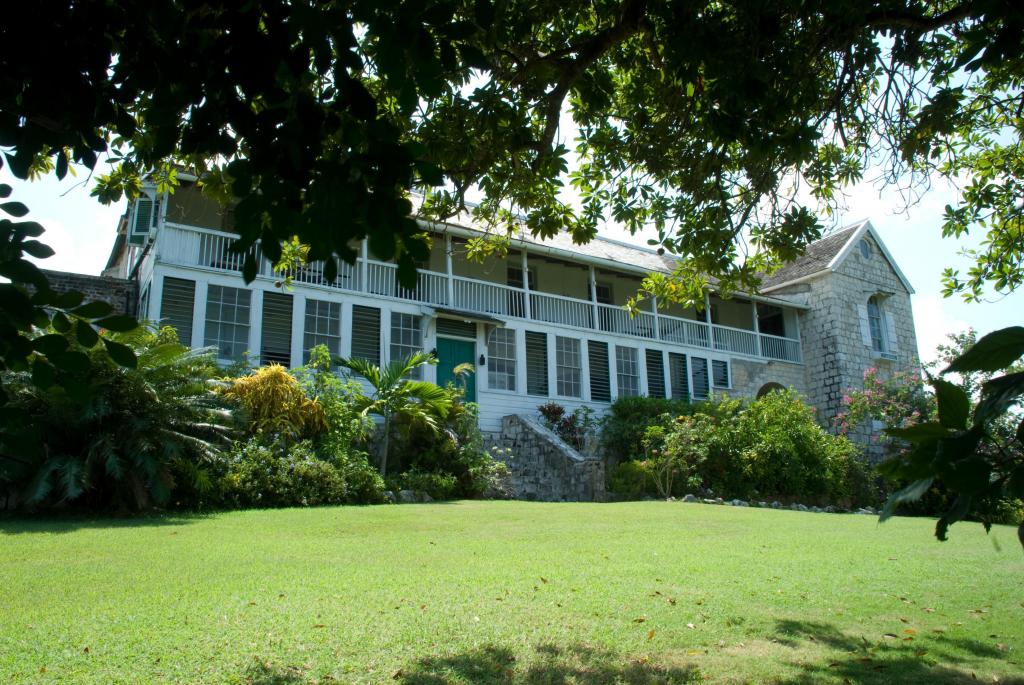Greenwood Great House
Built during the 1780s near Montego Bay in Jamaica's St. James Parish by Elizabeth Barrett Browning's cousin Richard Barrett, Greenwood Great House was one of three plantation houses owned by the Barrett family. Like the nearby Cinnamon Hill Great House, Greenwood was among the few on the island to be spared during the slave uprisings of 1831 (also called the Baptist War), a point often credited to Barrett's nonviolent treatment of those he enslaved. Barrett, a politician for much of his life, primarily used the house for social gatherings and parties.

Coordinates
Latitude: 18.503587700000
Longitude: -77.742643600000
Longitude: -77.742643600000

